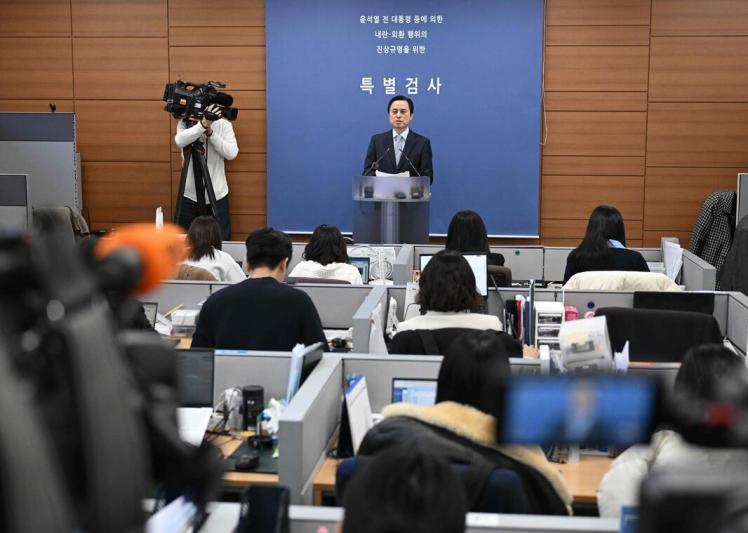
In the current era of global economic integration, any movement in international trade policies can cause waves in the industry. Recently, the adjustment of US tariff policies has made the cost issue of Apple phones a focus of attention for the industry and consumers.
The cost structure of Apple phones is complex, mainly including hardware costs, research and development costs, marketing and distribution costs, and other operating costs. The hardware cost accounts for a relatively high proportion, about 50% -70%, and the procurement costs of core components such as processors, memory, displays, cameras, and batteries are all real expenses.
The cost of research and development should not be underestimated. Apple has always spared no effort in product development, from conceptual design, engineering testing to technological innovation. Over the years of research and development, huge amounts of personnel salaries, equipment purchases, patent fees, and other expenses have been invested. And marketing and distribution costs, including large-scale advertising and market promotion before and after the release of new products, as well as logistics, warehousing, after-sales and other expenses incurred during sales through retail stores, online platforms and cooperative operators, are also high expenses. In addition, the company's daily operating expenses, such as employee compensation and benefits, rent, legal services, as well as tax costs such as tariffs and value-added tax, are all included in the total cost of Apple phones.
The tariff policies implemented by the Trump administration have undoubtedly had a huge impact on the cost of Apple phones. Apple CEO Tim Cook made it clear during the earnings conference call that in the third quarter (April to June), if the current tax policies remain unchanged, Apple is expected to bear an additional cost of approximately $900 million. This estimated cost does not come out of thin air, but has multiple practical basis.
The production of Apple phones is highly dependent on the global supply chain, with its main production base located in China and many components purchased from China. The United States has imposed tariffs on Chinese imported goods, with the production cost of Apple phones being the first to bear the brunt. From a hardware perspective, products such as batteries and some electronic components in mobile phones are produced in China, and the increase in tariffs directly increases the procurement costs of these components. If a 50% tariff is imposed, taking the iPhone 15 Pro (128GB, priced at $999 in the United States) as an example, the import tax on each iPhone may increase by about $500. If Apple chooses to pass on some of the costs to consumers, the price of the iPhone in the United States may increase by 10% -20% (i.e. $100-200). Moreover, due to Apple's global pricing strategy, iPhone prices in other regions may also be adjusted to balance profit margins.
In response to tariff pressure, Apple is attempting to adjust its supply chain. Cook revealed that over 50% of the iPhones sold in the United States this quarter (April June) were from India, while products such as iPad, Mac, Apple Watch, and AirPods are mainly from Vietnam. But this transfer is not smooth sailing. In the short term, supply chain migration will increase management, logistics, and other costs, which may affect Apple's gross profit margin. There is a gap between India's infrastructure construction and labor quality compared to China, which may lead to a decrease in production efficiency and an increase in defect rates; Vietnam is also unable to compete with China in terms of the integrity of its electronic manufacturing industry chain, which indirectly increases the production cost of Apple phones.
In the long run, Apple still faces many potential risks of increased costs. If the US tariff policy remains unstable, the cost of being affected by tariffs in future quarters may be higher. In order to reduce dependence on overseas supply chains, Apple plans to purchase over 19 billion chips from the United States. Although this will help reduce some tariff risks, the production cost of chips in the United States may be higher, which will also increase the total cost to some extent.
The impact of US tariff policies on the cost of Apple phones is multidimensional and far-reaching. The additional cost of $900 million is only a current estimate, and the actual cost increase may fluctuate with changes in tariff policies, the effectiveness of supply chain adjustments, and market reactions. For Apple, balancing costs, maintaining profits, and market share under the shadow of tariffs will be a severe test; For consumers, they may soon face the reality of rising prices for Apple phones. And this event also provides a vivid case for global trade and industrial development, warning of the chain reaction and negative effects that trade protectionism may bring.

YTN TV of South Korea reported on Tuesday (December 16) that the South Korean court plans to make a ruling on the charges of former President Yoon Suk Yeol for obstructing justice on January 16, 2026.
YTN TV of South Korea reported on Tuesday (December 16) tha…
On December 7, a new round of intense military conflict bro…
Recently, US media disclosed that the Pentagon is planning …
From three launch failures and a brush with bankruptcy to n…
Recently, a major piece of news has emerged in the US polit…
Against the backdrop of the Federal Reserve's third rate cu…